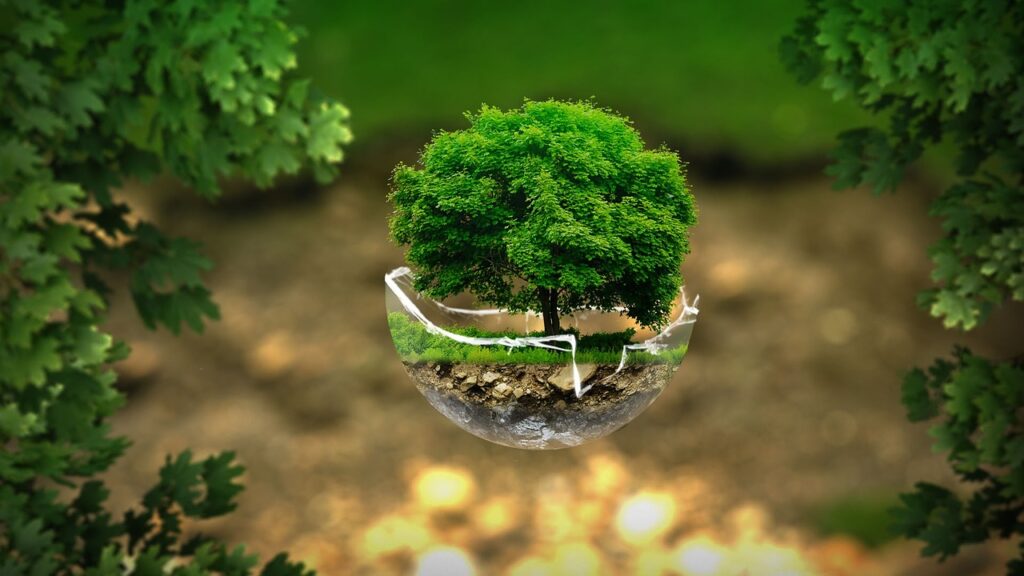
Green Bonds in the UAE: A Complete Investor's Guide to Sustainable Finance
Introduction: The Rise of Green Finance in the UAE
The UAE is making history as a global leader in sustainable finance. In 2023 alone, the country issued $4.5 billion in green bonds and Sukuk, funding mega-projects like the Mohammed bin Rashid Solar Park and Masdar’s international wind farms.
But what exactly are green bonds? And how can you—whether an expat investor, local business, or sustainability-conscious individual—participate in this financial revolution?
1. What Are Green Bonds?
Green bonds are fixed-income financial instruments where the capital raised must fund environmentally beneficial projects, such as:
- Renewable energy (solar, wind, hydrogen)
- Energy-efficient buildings (LEED-certified)
- Sustainable water management
- Clean transportation (EV infrastructure)
Key Feature: Unlike regular bonds, green bonds require third-party verification (e.g., ICMA’s Green Bond Principles) to ensure funds are used sustainably.
Example: UAE Green Bonds in Action
Masdar’s $1.5B Green Bond (2023): Funds wind farms in Azerbaijan, reducing 2.5M tons of CO₂ annually.
DEWA’s $1B Sukuk: Expands Dubai’s solar power capacity.
2. How Green Bonds Work in the UAE
The UAE has emerged as a global hub for green finance, thanks to:
A. Regulatory Support
ADGM’s Sustainable Finance Agenda: Abu Dhabi’s financial free zone offers tax incentives for green bond issuers.
DFSA’s Green Bond Guidelines: Dubai’s framework ensures transparency.
B. Major UAE Issuers
| Issuer | Example | Impact |
|---|---|---|
| UAE Government | $1.25B sovereign green bond (2022) | Funds clean energy projects nationwide. |
| ADIB | $500M green Sukuk (2023) | Supports UAE’s green real estate. |
| ADNOC | Carbon capture projects | Aims to capture 5M tons of CO₂ by 2030. |
3. Benefits of Investing in UAE Green Bonds
For Investors
Stable Returns: Average 5-7% yield (similar to conventional bonds).
Low Risk: Backed by UAE’s sovereign wealth (e.g., Mubadala).
Tax Incentives: Potential future exemptions (under discussion).
For the UAE
Achieves 2050 Net Zero: 44% of UAE’s energy mix will be renewable by 2050.
Attracts Foreign Investment: Global ESG funds are pouring into UAE markets.
4. Risks & Challenges
While green bonds are relatively safe, consider:
Market Risk: Interest rate fluctuations (like all bonds).
Greenwashing: Some issuers exaggerate eco-benefits. Solution: UAE regulators (SCA, ADGM) enforce strict reporting.
Liquidity: Secondary market is still developing.
5. How to Invest in UAE Green Bonds (3 Ways)
A. For Individuals
Through UAE Banks:
ADIB’s Green Sukuk: Minimum AED 20,000 investment.
Emirates NBD’s Green Portfolio: Includes bond ETFs.
ETFs:
S&P UAE Green Bond Index (accessible via ADGM platforms).
B. For Businesses
Partner with HSBC UAE or First Abu Dhabi Bank to issue corporate green bonds.
C. For Expats
Dubai Sustainable City Bonds: Invest in eco-real estate (from AED 50,000).
6. Case Study: Masdar’s $1.5B Green Bond
Project: Wind farms in Azerbaijan.
Results:
Powers 300,000+ homes.
Reduces 2.5M tons of CO₂/year.
Investor ROI: 6.2% annual yield.
7. Future of Green Bonds in the UAE
COP28 Legacy: More sovereign green bonds for climate projects.
Blockchain Bonds: ADGM is piloting tokenized green Sukuk.
